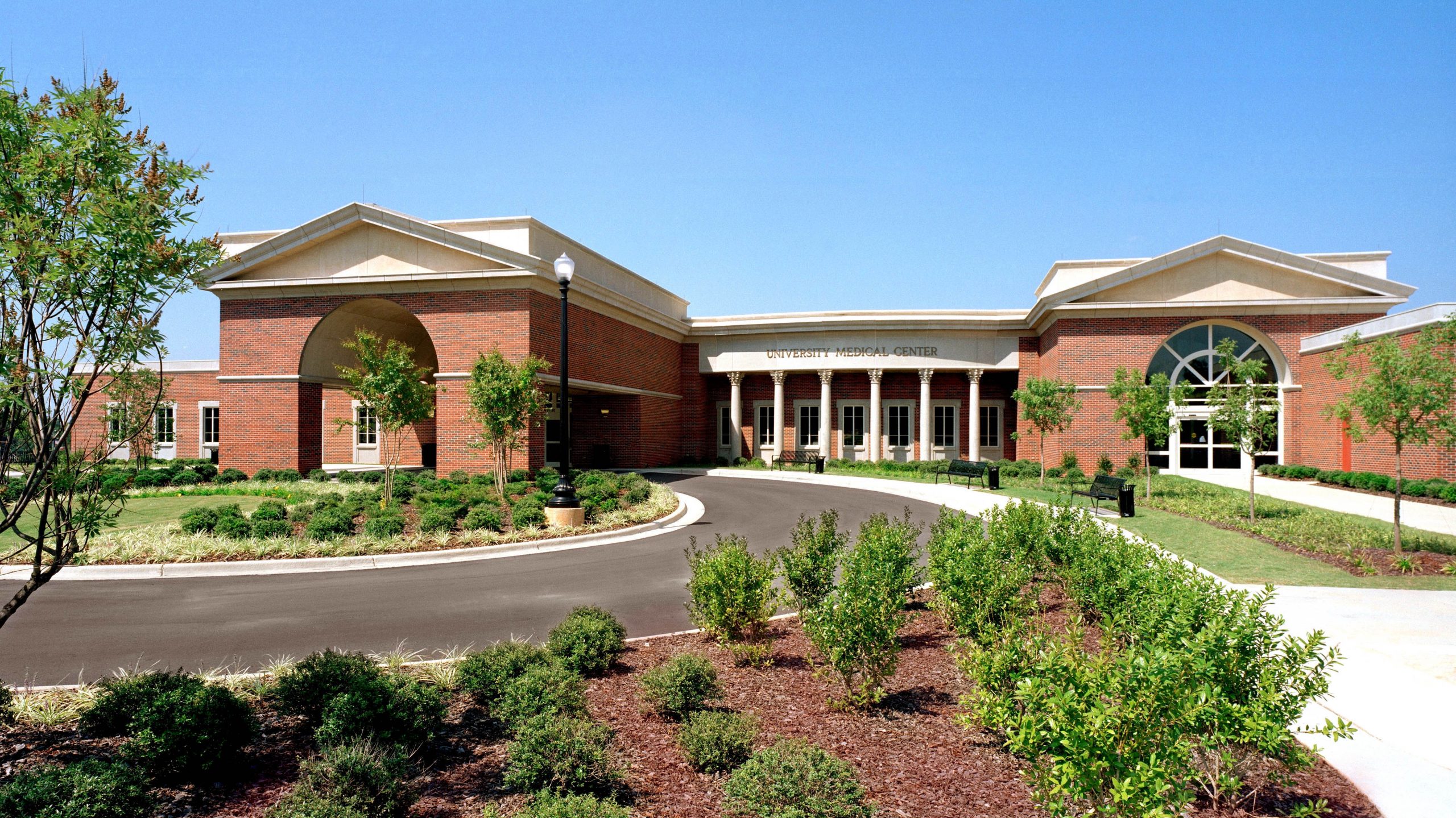The College and Tuscaloosa Fire and Rescue Services have partnered to provide a first of its kind in Alabama program that seeks to reduce costly hospital emergency room transports of people with low-emergency conditions.
The program is aimed at “low acuity” patients who might call 911 for back or stomach pain, fever, weakness or bleeding, for example, which might be treatable at the scene.
Under the program, nurse practitioners and social workers, and possibly psychologists, will ride with fire department first responders on low-acuity calls and offer treatment at a patient’s location, eliminating the need for an ambulance ride and a hospital emergency room visit. While care can be delivered at the scene, low-acuity patients will have the option of being transported to the hospital if they wish.
The nurse practitioners will have back-up from physicians, and the social workers can ensure that patients have the resources they need and can connect patients with primary care physicians. The psychologists can offer assistance on managing the nearly 30 percent of low-acuity calls related to mental health.
“This is a way to change how health care is delivered,” said Tuscaloosa Fire and Rescue Chief Alan Martin.
The para-medicine program is modeled after a similar Arizona program, although that program doesn’t have a university as a partner. Based on preliminary results from the Arizona program, the medical cost savings for the Tuscaloosa program could be $6 for every $1 that’s invested, said Dr. Richard Friend, chair of the College’s Department of Family, Internal, and Rural Medicine and co-director of the program along with Dr. John C. Higginbotham, chair of the College’s Department of Community Medicine and Population Health.
The para-medicine program is funded with a legislative allocation through Alabama’s Medicaid program and will use College nurse practitioners and social workers to provide care. The funding is expected to be available Oct. 1.
In fiscal year 2015, in Tuscaloosa there were 11,122 calls to 911, of which 23 percent, or 2,558, were low-emergency calls. At a cost of approximately $645 per call for an ambulance ride, treating callers at the scene would save $1.65 million.
“Trying to stop use of the emergency room for routine care is the goal,” Friend said.
